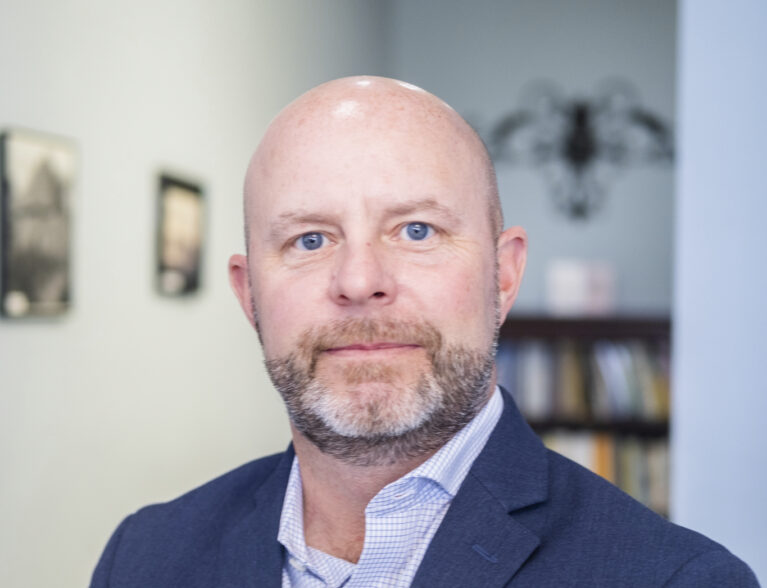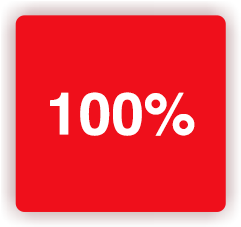
Many Indian River County residents are struggling with mental health issues, partly as a continuing aftershock of pandemic isolation, with increased anxiety, depression, overdose deaths and suicide attempts. In the past two years there has been a significant uptick in diagnosed depressive and anxiety disorders among all demographics – men, women and especially teens.
“Teens are suffering at alarmingly high rates,” said Wes Sammons, executive director of the Mental Health Collaborative. “According to the Florida Health Department, hospital visit rates due to mental health issues for teenagers in Indian River County are more than double the state average with 1,120 per 100,000 compared to 575.7. Alarmingly, death by suicide rate in Indian River County for teens is also more than double the state average, including three deaths in 2023.
“Additionally, among students surveyed in a Florida Youth Substance Abuse survey, 40.2 percent of males and 52 percent of females stated that they felt depressed or sad on ‘most’ days.
While these numbers are in line with state averages, it’s still eye opening and must be addressed.”
Yet accessing mental health services here is difficult, and the shortage of behavioral health professionals is not unique to Indian River County. Nationally, 37 percent of the U.S. population lives in areas with shortages of psychologists, counselors and social workers.
To combat the mental health epidemic and shortage of mental health professionals in Vero, the Mental Health Collaborative in Indian River County has partnered with the John’s Island Community Service League to create the Clinical Development Cohort (CDC) to provide incentives and professional development opportunities for mental health professionals.
“Essentially the CDC is a program designed to recruit and retain mental health providers to serve our community,” said Sammons. “We are partnering with different universities in the state that have master’s level programs and trying to recruit from them. We have a unique opportunity in that they can send their master’s level clinicians our way with attractive incentives to keep them.
“We’re doing this with sign-on bonuses and incentives to stay. If a mental health professional is employed by one of the organizations in the program, we ask that they stay for three years and participate in 80 percent of the community and educational events. Our theory is that the more we help them to be involved in community events, the more ingrained they’ll be in the community and want to stay longer.”
The program has been a success so far.
“Our first-year goal was to recruit 10 therapists in the program and within the first two quarters we already had 12,” Sammons said. “Of the eight nonprofit community providers in our community, all eight of them have at least one new therapist in the program.”
The Mental Health Collaborative was founded 20 years ago “to create a comprehensive continuum of care for mental health by coordinating, leveraging and facilitating resources with a goal providing community-wide support for mental health issues. The collaboration is comprised of private and public funders, mental health providers and individuals who work in collaboration to increase access, decrease duplication, and facilitate community wide support of mental health issues,” according to the organization.
“We provide an elevated level of care,” Sammons explained. “For example, if you call a suicide prevention line like 2-1-1, they will give you a phone number to call and you take it from there. If you call us, we have a clinical specialist who will reach out to a mental health organization based on your insurance and availability and make an appointment for you. From there the organization will call you and coordinate. It is less stress on an already stressed patient,” and a more effective way to help people.
Typically, the collaborative helps about 1,200 patients each year. Insurance is not required and there is no fee for their services.
The collaborative also provides educational programs for the community to try to decrease the stigma around receiving mental health services.
“Our Mental Health First Aid program trains people who are not clinically educated to intervene for a friend or family member or anyone that might be in a health crisis without feeling like they will make the situation worse,” said Sammons.
“We have trained 1,500 citizens in the last four years, including the entire sheriff’s department. We’ve got eight to 12 different trainers in our community that do the training and there are different branches.
“Teen mental health first aid helps teenagers talk to their peer that might be in crisis. By training a teenager how to identify and talk to one of their classmates in crisis, we hope to decrease teen hospitalizations and suicides. This summer we were able to partner with the Boys and Girls Club and the Gifford Achievement Center and teach a class of 45 teenagers. We are excited about reaching as many teenagers as we can.
“We also use mental health first aid to teach adults how to intervene with someone under the age of 18,” Sammons continued. “We partner with school districts that have trainers trained by the state and we coordinate with them to teach those classes to teachers and school staff.”
Any Indian River County resident wanting to attend this class will be trained. If you would like to set up a Mental Health First Aid Class for a group or would like to join a class yourself, contact program coordinator Kathy Lindsey at 772-217-3663 or info@mhcollaborative.org.
To learn more about all the services provided by the Mental Health Collaborative, call 772-217-3663 or visit mhcollaborative.org.



